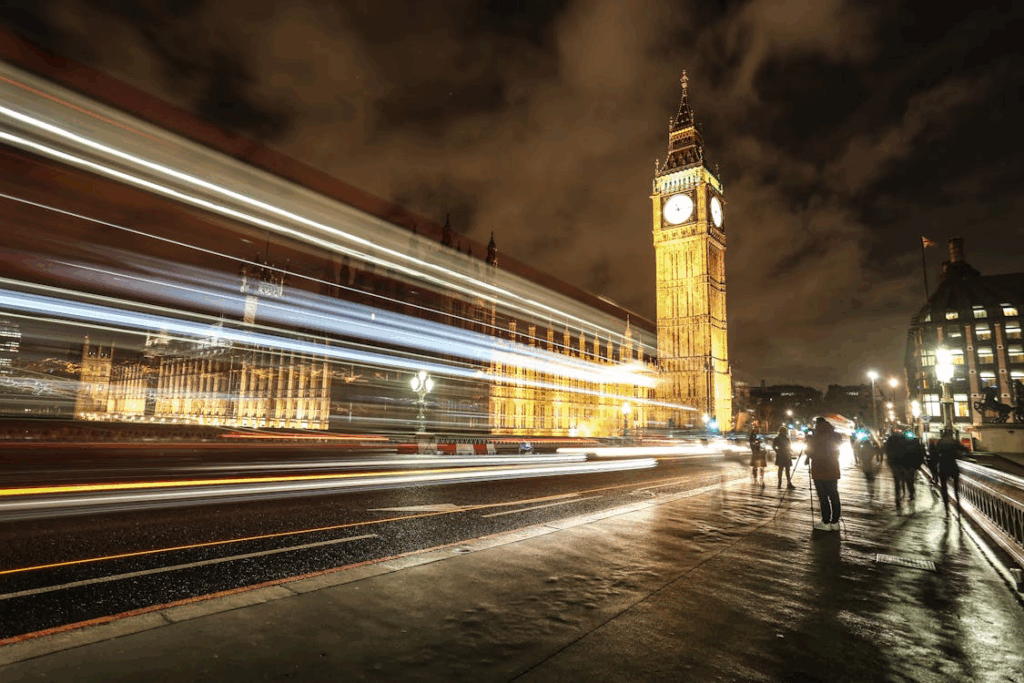That rush of excitement, the racing heart, and the sleepless nights. Falling in love feels magical, but it’s also profoundly biological. Love may feel like a mystery of the heart, but its true conductor is the brain. This is the neuroscience of falling in love in action.
Beneath the poetry and passion, your brain is orchestrating a powerful chemical symphony designed to bond you with another human being.
The Chemistry of Attraction
It all begins with a spark of attraction that lights up the ventral tegmental area (VTA), one of the brain’s primary reward centers. This region floods your system with dopamine, the neurotransmitter of pleasure and motivation, creating a euphoric “high.”
At the same time, levels of norepinephrine surge, increasing alertness and focus, while serotonin temporarily drops. This explains the obsessive thoughts and emotional intensity that often accompany new love. Your brain is essentially addicted to the feeling of being near your partner.
In fMRI scans, people in love show activation patterns similar to those seen in individuals experiencing drug-induced euphoria. Evolutionarily, this intense neurochemical response exists to drive pair bonding and ensure the survival of the species.
See The Psychology of First Impressions (and How Long They Last) for how instant cues spark attraction.
How Love Shapes the Brain
As love deepens, the brain transitions from infatuation to attachment. The hypothalamus and pituitary gland release bonding hormones like oxytocin and vasopressin, which reinforce trust, connection, and emotional safety.
Oxytocin, which is often called the “cuddle hormone,” is released through touch, eye contact, and intimacy. It promotes calm and reduces fear responses in the amygdala, strengthening the emotional bond. Vasopressin, meanwhile, supports long-term commitment by linking reward circuits with memory, making your partner feel essential to your well-being.
This chemical cocktail literally rewires your brain’s reward network to prioritize one person above others. You’re not just choosing love; you’re neurologically programmed to nurture it.
Read Can You Train Your Brain to Be Happier? for habits that keep long-term love warm.
The Role of Memory and Emotion
Falling in love also heightens emotional memory. The hippocampus and amygdala encode moments shared with your partner more vividly, ensuring they linger in your consciousness. This is why even small experiences, such as a shared joke or favorite song, become powerful emotional anchors.
However, this intensity can also make love volatile. Emotional highs are often paired with deep vulnerability; when affection feels uncertain, the same neural circuits that produce joy can trigger anxiety or longing. The brain’s reward system doesn’t distinguish much between love and craving. It just wants connection.
Check out Why People Cry When They’re Happy to understand why intense joy brings tears.
Why Love Feels Timeless
Scientists describe romantic love as both a motivation system and an emotional state. It can override hunger, fatigue, and logic, focusing attention entirely on the beloved. Neurobiologist Helen Fisher calls this the “goal-oriented drive” of love. It’s an ancient mechanism evolved to help humans form lasting partnerships.
Even long after the first rush fades, couples who maintain affection show similar neural patterns of reward activation decades later. Their brains continue to release oxytocin and dopamine during physical touch and shared experiences, proving that love, when nurtured, can remain biologically sustaining.
To understand why milestones feel extra special, explore Why Humans Love Round Numbers.
When the High Fades—And Real Love Begins
The early stage of love, infatuation, usually lasts 6 to 18 months. As dopamine highs stabilize, deeper attachment mechanisms take over, built on shared trust, empathy, and mutual regulation.
This mature form of love activates brain regions linked to long-term bonding and comfort rather than obsession. It’s quieter, steadier, and more enduring. Neuroscientists believe this phase mirrors the brain’s evolution from attraction to partnership. It’s a shift from passion to purpose.
Love, then, is both a feeling and a neurological feedback loop: the more we invest in connection, the stronger the bond becomes, both emotionally and biologically.




